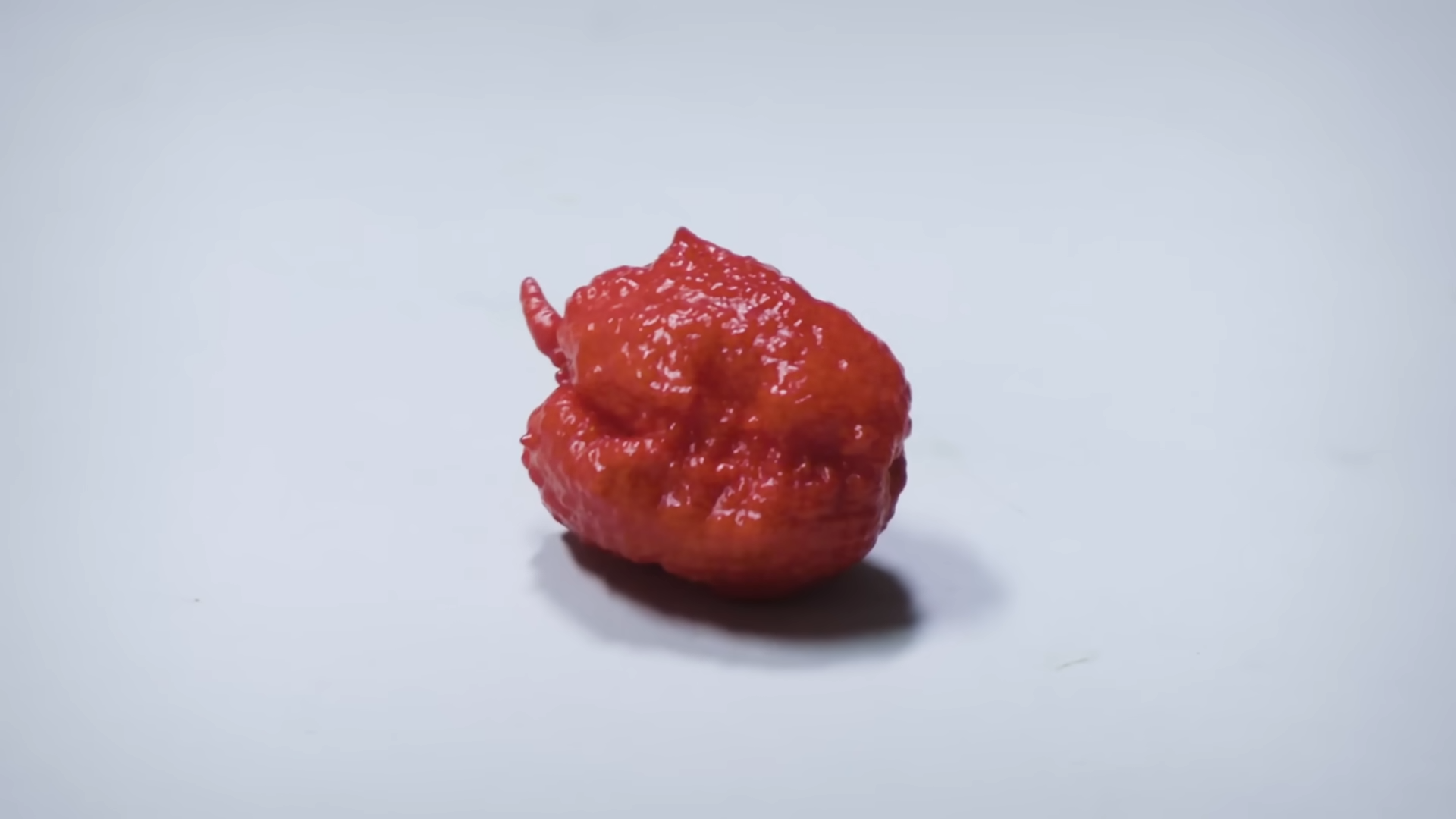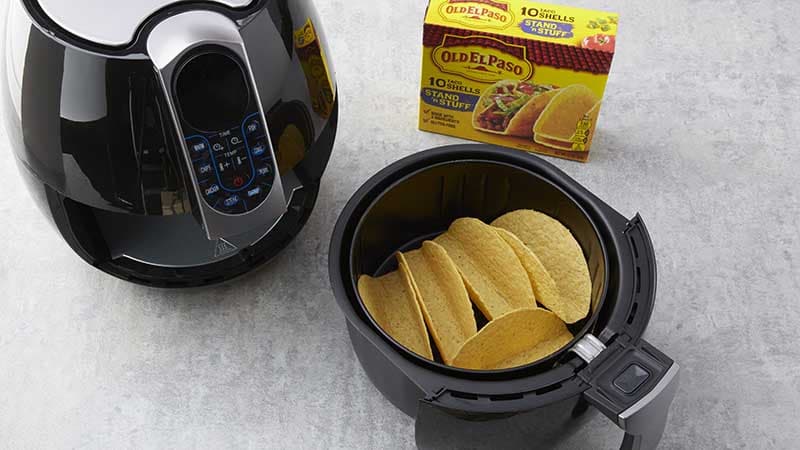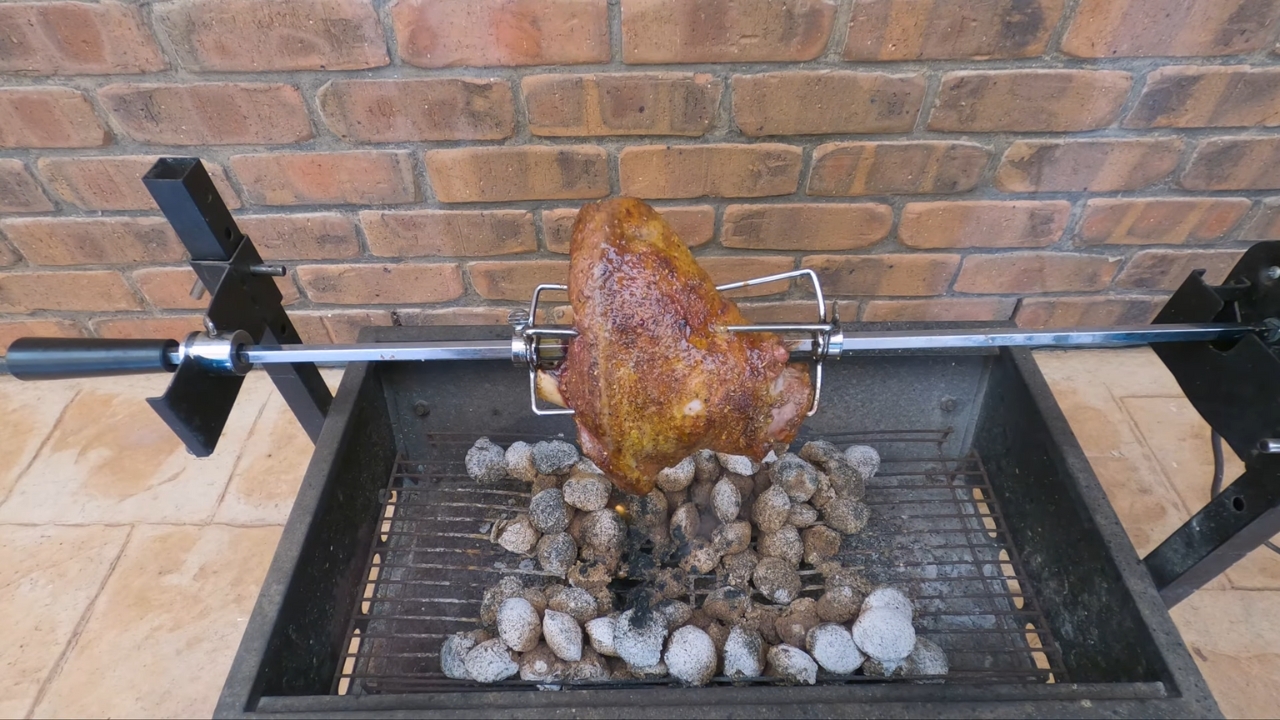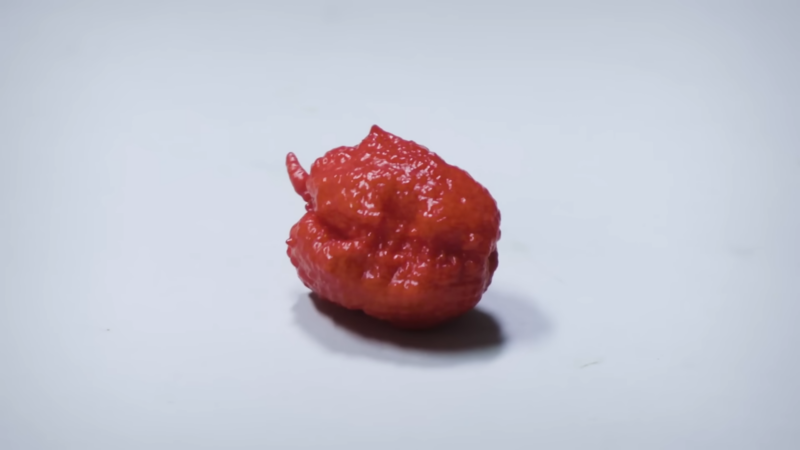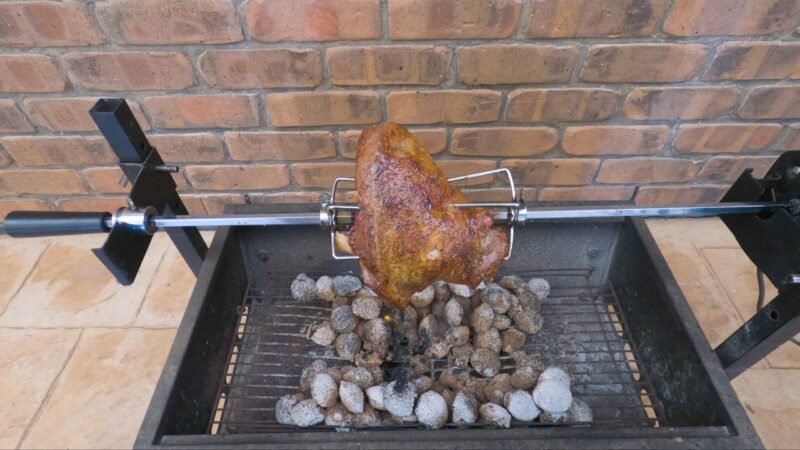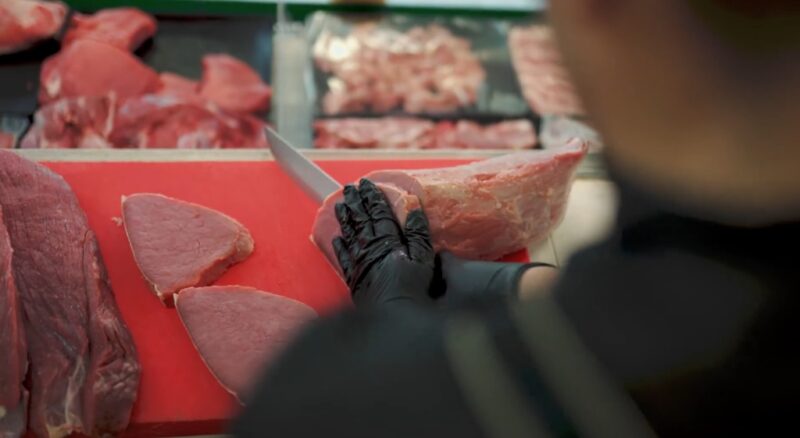
I am not a butcher, and expert on meats, or anything but I certainly know how to tell if pork is bad. All I need is years of experience in buying meat from the market and cooking it myself.
The weekly routine teaches moms to learn how to identify whether the pork is fresh and is safe to cook. Nowadays, when choosing the food that I serve to my family, it is required that I should be meticulous.
There signs that you need to observe when buying meat in the market for you to be able to bring home meat that is safe to cook right away or store for future use. There are also safety precautions that you should remember when serving food to your kids.
Ensuring that the pork is not bad to feed is every mother’s priority. Here are some simple steps to guide you!
Table of Contents
ToggleHow Long Does It Typically Last Before Going Bad?
The shelf life of pork depends on several factors, such as the cut of meat, storage conditions, and whether it has been cooked or remains raw. Here are some general guidelines for the shelf life of pork:
- Raw: When properly stored in the refrigerator at or below 40°F (4°C), raw pork can last for 3-5 days. Vacuum-sealed pork products may last a bit longer, up to 7 days. In the freezer, raw can last up to 6 months for optimal quality, but it will remain safe to eat indefinitely if the temperature is consistently at 0°F (-18°C) or below.
- Cooked: Cooked can typically be stored in the refrigerator for 3-4 days. To extend its shelf life, you can store it in the freezer, where it can last up to 2-3 months for optimal quality.
- Cured and processed products: The shelf life of cured and processed products, such as bacon, ham, and sausages, can vary depending on the specific product and its packaging. Unopened, vacuum-sealed products can often last up to several weeks in the refrigerator. Once opened, these products should be consumed within 7-10 days. In the freezer, they can last up to several months.
Always check for signs of spoilage before consuming pork. Spoiled pork may have an off smell, slimy texture, or discoloration. When in doubt, it’s best to err on the side of caution and discard any pork that appears or smells spoiled.
Remember to practice proper food handling and storage techniques to ensure the safety and quality of your products.
How to tell if it is bad? Do these simple steps for you to know!

Do you know that if you accidentally serve spoiled pork, this could poison your family? Whoever eats it will feel bad after 2-3 days from taking it in. The bacteria is the reason for being ill. The bacteria in our environment contaminate and attack the soft parts of the meat and thrives quickly when the temperature is favorable.
It is vital to learn how to tell if pork is bad to avoid these discomforts. If it happens, you might need immediate medical attention. Here are the symptoms of food poisoning:
- Diarrhea that can last for more than three days. Along with it comes stomach pain, cramps, and blood in the stool.
- High fever
- Nausea and prolonged vomiting
- Dehydration that makes your mouth feel dry, less frequency of urination, and dizziness when you move.
Things that you will need:
- Freezer Bags/Sealed Containers
- Food thermometer
- Fridge/Freezer
1. Check the package upon buying

Buying from the supermarket has some advantages. The meat there usually have labels of its package date. There are two types of expiration date labels which are the “use by” and the “sell-by” dates. Take note that you should adhere to the “use-by” date because after that day, it should be considered expired.
The “sell-date” means you can still store it for additional 2-3 days in the fridge. Make sure to store or cook it according to the date indicated. Never cook pork that is beyond expiration dates. Take note that expiration dates are not an assurance that your pork is safe.
I have heard that there are stores that change the “use-by” dates to current just to dispose of their old inventories of meat. Hence, use your “guts” when buying. It does not matter if you take longer to decide what to pick as long as you are sure of the safety of the meat that you bring at home.
Also, when you see some holes or signs of tampered packaging, let go of it since it may be a sign of old stock, returned item, or a result of mishandling. The holes in the package make the meat vulnerable to bacteria and viruses.
If you want to save it for later, make sure to freeze it properly immediately upon buying. Some say it is still safe to do so for at least 4-5 days from the buying date provided you store it in the fridge. I do not apply the risk.
Related: Strategy for Refrigerator Organization
2. Use your senses. Inspect the meat thoroughly and touch it if you need to

Sometimes, you can tell when pork is bad by just looking at it. Yeah, you do not need to smell or touch it to know. In fact, visual inspection is your first option, and it is amazing that by just doing that, you can give an estimate of how long the meat is in storage. Fresh pork should be grayish-pink or rose to red in color while the rotten pieces should look greenish, brown or dark gray.
The fat marbling of the meat should be white, hence, if you see it to be yellow or gray, discard it right away. By the way, you would know that the pork comes from the freezer because the color changes from light to darker shade when frozen. You need to know that the meat changes in color after some time.
Do you know why it changes in color?
The chemical reaction between oxygen and protein creates an oxidation process that causes the changing of the meat color. It happens regardless of the current temperature, or the way you cook the pork. Low temperature can keep it safe, but still the same, when I see too much discoloration, I either cut off the affected part or throw the meat away.
Trust your nose! When you are in doubt, smell the pork first before buying. I do this particularly when I am buying from a wet market. There are areas where they sell their meat fresh from the butchers and does not come with packaging.
Do not worry if it is so since nothing can beat the human senses. Fresh pieces should not have a bad odor. If you detect a slight smell of ammonia or any sour, unpleasant odor, do not buy it or rather throw it away. It is not fresh.
Vacuum-packed meat could be an exemption. The meat can have a bad odor (acidic aroma) after taking out the plastic wrap that will immediately go away after rinsing the meat with cold water. Smelling your pork is a consistent way to know if your meat is bad or not. This does not only apply to raw meat but for cooked food as well.
If you doubt that the food is spoiled, smell it and find out. You should be very particular about this especially on leftover meals. Remember that spoiled pork meat will smell worse after cooking.
If you are not sure after smelling the meat, you go ahead touch it! It should be firm and moist when it is fresh. A mushy, sticky, dry meat, or even when it is hard is an indication that it is spoiled. You will get the hang of this procedure as you find yourself buying meat frequently.
Read more: How Long Does Cooked Tofu Last? The Right Storage for Tofu
Store It the right way!

If you want your pork to last longer, you should learn how to store it properly. If you bought it with a plastic wrap package, you need to transfer it to appropriate packaging to avoid spoilage. Remember to squeeze the air out before sealing. I suggest using vacuum packing if you have the means.
Pork meat is delicious. Protect its flavor by wrapping it up the right way to avoid contamination of scent and flavor from other meat stored inside the fridge. Take note that the appropriate temperature you need when storing meat must not be above 40 degrees F. When freezing, it should be zero degrees F and eat it not more than six months.
I suggest that you cook the meat within the first two months of freezing. Keep in mind that the meat deteriorates as time passes. You must know though that the meat can retain its freshness and quality only for the first three months. Do not expect much from it after that.
For cooked meat, on the other hand, you can store it in the fridge for two days, and it is still safe to reheat and eat. Any longer than that, your pork is good as trash. Besides, I do not encourage unrefrigerated cooked food to last more than three hours depending on the humidity of the room temperature.
Tips
- You might as well know that when cooking fresh pork, the internal temperature should be about 145 degrees F.
- Separate or isolate pork meat from other food stored in the fridge to prevent contamination.
- Follow the safety rules in storing food.
- When working with pork, do not forget to wash your hands, utensils, surfaces such as the cutting board and knife always.
- Do not cook the meat fresh from the ref. You must give enough time to thaw. With this, I recommend thawing meat in the fridge and not at room temperature.
- Cook your pork thoroughly.
- Let the cooked meat rest before consuming. Give a few minutes for the fiber to relax for a tastier and juicier meal.
Are There Any Health Risks Associated With Consuming Spoiled Pork?

Yes, there are health risks associated with consuming spoiled pork. Eating spoiled or contaminated pork can lead to foodborne illnesses caused by bacteria, parasites, or toxins present in the meat. Some of the most common risks include:
- Salmonella: This type of bacteria can cause salmonellosis, which leads to symptoms such as diarrhea, fever, and abdominal cramps. In severe cases, it can result in dehydration and even hospitalization.
- Listeria: Listeria monocytogenes is a bacterium that can cause listeriosis, a serious infection that can lead to severe symptoms such as fever, muscle aches, and gastrointestinal issues. Pregnant women, newborns, older adults, and individuals with weakened immune systems are at a higher risk of developing severe complications from listeriosis.
- E. coli: Escherichia coli is a type of bacteria that can cause food poisoning, leading to symptoms such as diarrhea, abdominal pain, and vomiting. Some strains of E. coli can cause severe illness and even kidney failure in extreme cases.
- Trichinosis: This parasitic infection is caused by the larvae of the Trichinella worm. Consuming undercooked or raw infected with these parasites can lead to symptoms such as fever, muscle pain, and gastrointestinal issues. In severe cases, trichinosis can cause complications involving the heart, lungs, and nervous system.
- Staphylococcus aureus: This bacterium can produce toxins that cause food poisoning, leading to symptoms such as nausea, vomiting, diarrhea, and abdominal pain.
FAQs
How can I tell if pork is still good without smelling or touching it?
The color of the pork is a good indicator of its freshness. Fresh pork should be grayish-pink or rose to red in color. If the pork looks greenish, brown, or dark gray, it may be spoiled. The fat marbling should be white; if it appears yellow or gray, it could be a sign of spoilage.
Can I rely on the “use-by” and “sell-by” dates to determine if the pork is still good?
While these dates can be helpful, they are not a guarantee of the pork’s freshness or safety. It’s important to use your senses (sight, smell, and touch) to assess the quality of the pork. Be cautious of stores that may change “use-by” dates to sell old stock.
What is the proper way to thaw frozen pork?
It’s best to thaw frozen pork in the refrigerator, rather than at room temperature. This helps maintain a safe temperature and reduces the risk of bacterial growth. Plan ahead, as thawing in the refrigerator may take longer than at room temperature.
Can I refreeze pork that has been thawed?
Refreezing thawed pork is generally not recommended, as it can affect the texture and quality. If the pork has been thawed in the refrigerator and not left at room temperature, it is safe to refreeze it. Be aware that the quality of the meat may not be as good after refreezing.
How can I ensure that my pork is cooked to a safe temperature?
Use a food thermometer to measure the internal temperature of the pork while cooking. The safe internal temperature for fresh pork is 145°F (63°C), followed by a three-minute rest time. For ground pork, the safe internal temperature is 160°F (71°C).
Is it safe to marinate pork at room temperature?
No, it is not safe to marinate pork at room temperature, as this can encourage bacterial growth. Always marinate pork in the refrigerator and discard any leftover marinade that has been in contact with raw meat.
How should I clean surfaces and utensils after handling raw pork?
After handling raw pork, wash your hands, utensils, cutting boards, and any surfaces that have come into contact with the meat with hot, soapy water. You can also use a bleach solution (1 tablespoon of bleach to 1 gallon of water) to sanitize surfaces and utensils.
Wrapping Up
Learn how to tell if pork is bad by checking the buy date and by using your senses. To be 100% absolute, touch it! I also include the proper way of storing as a bonus to keep your pork fresh longer. The simple steps are applicable for not only fresh pieces but also for sausages, bacon, and another form sold anywhere.
Share this article to people you care about that needs to know. Do not take any chances. It is better to be pro-active than sorry.
Related Posts:
- Do K-Cups Go Bad and Expire? - Best Before Date and Storage
- What Are Signs That Frozen Food Has Thawed and Been…
- When Can Kids Eat Popcorn? A Parent's Guide to Safe Snacking
- Cornish Hen VS Chicken: Can You Tell the Difference?
- 8 Best Pork Rinds 2023 - Squeal-Worthy Snacks
- How to Reheat Pork Chops in Three Simple Ways:…



